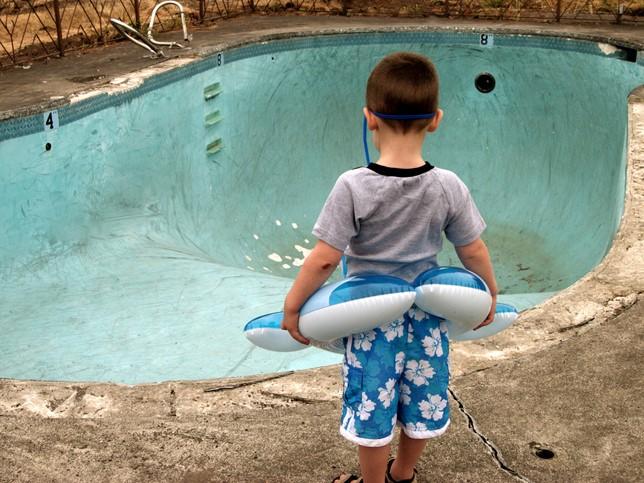
Tips for moving from learning designer to educational leader
Learning designers have all the skills to make great leaders. Here’s how to transition into the role
You may also like
Popular resources
Moving from a role in learning design to an educational leadership position can be both exhilarating and challenging. Having spent years at the coalface, stepping into a leadership role introduces a new set of dynamics, often balancing broad institutional aspirations with the nuanced needs of staff and students. Understanding these tensions and leveraging skills from learning design can help smooth this transition, offering new leaders a path to success.
Learning design and coaching-based leadership
The skills that make an effective learning designer also make an effective leader. Principal among these are the people-focused skills. Put simply, a people-first learning design approach and a coaching-based leadership approach share a core focus – empowering others to succeed.
- Coaching for success: Coaching your team involves guiding them to reach their full potential. This can include mentoring new colleagues, providing professional development opportunities and fostering a collaborative environment. By applying your experience in supporting students, you can cultivate a supportive team culture that encourages innovation and growth.
- Influencing policy: As a leader, you have a unique role in shaping institutional policies. You’re in a position to advocate for strategies that support effective teaching and learning practices, ensuring that the needs of both staff and students are considered. This could lead to systemic changes that improve the overall educational experience at your institution.
- Whole-of-institution impact: Effective leaders empower their teams to take initiative and drive change. By fostering an environment where your team feels valued and supported, you can inspire them to contribute to the institution’s success. The impact of this empowerment can be far-reaching, leading to improved educational outcomes and a more engaged academic community.
Challenges of transitioning to leadership
As with all change, while there are positives, there are also some challenges that we see as people move into leadership roles. Here are a few to keep in mind as you make the transition.
- Changing work: Moving from a learning designer role to a leadership position means shifting from direct engagement with projects to overseeing broader strategic initiatives. This transition can be challenging as it requires letting go of day-to-day tasks and focusing on long-term goals. You must delegate effectively, trust your team’s expertise and help guide them.
- Finding balance: As a leader, balancing the institutional vision with the practical needs of academics and students becomes paramount. This can be difficult to achieve, as institutional goals might sometimes seem at odds with the immediate concerns of teaching staff or student success. Communication and negotiation skills are essential to balance these sometimes-competing priorities.
- Navigating corporate structures: Stepping into a leadership role often means engaging with the corporate structure, including understanding project management, budget constraints, reporting lines and administrative policies, which can feel distant from the core individuals’ educational values. Navigating these structures requires a shift in mindset and the ability to see the bigger picture while advocating for the resources and support your team needs.
- Resource collection: Should I become a university administrator?
- Expectation and compassion: two sides of the coin for successful learning outcomes
- Learning designer may be the best job you’ve never heard of
Advice for new educational leaders
So, as people who have made the shift from learning design to leadership, what advice would we give those looking to make the leap?
- Embrace continuous learning: Transitioning to a leadership role involves continuous learning. Seek out development programmes, mentorship opportunities and resources that can help you grow in your new position. Stay open to feedback and be willing to adapt your approach as needed.
- Build strong relationships: Develop strong relationships with your team, colleagues and other stakeholders. Effective communication and collaboration are key to navigating the complexities of educational leadership. By building trust and rapport, you can create a cohesive team that works towards common goals.
- Act as a translator between strategy and operations: There is often a need to translate strategic demands into operational functions. Help your team understand how their daily work aligns with broader institutional goals. By bridging this gap, you can ensure that strategic initiatives are implemented effectively and that your team remains engaged and informed about the bigger picture.
- Stay grounded: While corporate structures and institutional goals are important, never lose sight of the core educational values that brought you into this field. Your passion for teaching and learning should remain at the heart of your leadership approach, guiding your decisions and actions.
- Advocate and influence: Use your position to advocate for policies and practices that benefit both staff and students. Engage with institutional decision-makers and contribute to policy discussions. Your insights from working at the coalface can provide valuable perspectives that shape effective and equitable educational policies.
- Foster a culture of innovation: Encourage your team to explore new ideas and approaches. By fostering a culture of innovation, you can drive continuous improvement and ensure that your institution remains at the forefront of educational excellence.
When making the leap from a learning designer role to one in leadership, you will have to navigate significant challenges. But it also presents opportunities for influence and impact. By applying your existing expertise through the lens of leadership coaching principles, balancing institutional and academic needs and advocating for positive change, new leaders can empower their teams and create meaningful, whole-of-institution impacts. So, embrace the journey and stay committed to continuous learning, strong relationships and a steadfast dedication to educational values.
Paul John Gregory Moss, Richard McInnes and Simon Marek are managers of educational design at the University of Adelaide.
If you would like advice and insight from academics and university staff delivered direct to your inbox each week, sign up for the Campus newsletter.



